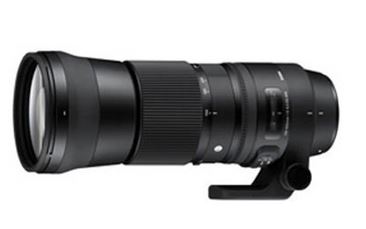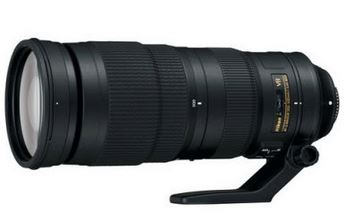LG101- Birding for Beginners
"What are the BEST lenses to rent for bird or wildlife photography?"
We usually always end up suggesting to rent the
Sigma 150-600mm lenses. They focus fast and quietly, have OS (an Optical Stabilizer) and the images are sharp. You'll most likely want a focal length above 300mm, so the Canon 300 or 400mm would be a great choice, as well as the Nikon 200-500mm.
 
Being able to reach birds without disturbing them is a major part of bird photography. A camera with a DX sensor with give you a little extra reach. The crop factor on a Nikon DX camera is 1.5x, and with Canon are 1.6x, meaning the Sigma fully extended on a DX camera would be the equivalent of 900mm (Nikon) or 960mm (Canon).

Shutter speed and ISO will have to be considerations while birding as well. Most of the longer lenses don't have big apertures or have variable apertures, so you'll need to adjust to make sure that you have enough light to work with. Bird photography is all about capturing the fine, fine detail, and while you can deal with noise in post processing, you cannot get back the detail that may be lost. The new full frame camera bodies like the Nikon D850 and the 5D Mark IV are phenomenal to shoot with in low light, using higher ISO's.

Maintaining a fast enough shutter speed is important to catch birds in flight, or little mannerisms in general. Even birds perched on a railing make very quick small movements, and without a fast shutter speed you risk motion blur. For capturing a bird on a branch I stick with a shutter speed between 1/1000-1/1600, setting my minimum shutter speed at 1/1000.

The variation in what birds you are shooting and how you are trying to capture them, the lighting conditions and numerous other factors can be too much to figure out sometimes in manual, so play around with the other camera settings like Shutter Priority or Aperture Priority. There is functionality on the DSLR cameras that LensGiant rents to set a minimum shutter speed and a maximum ISO. For example, if you are shooting in Aperture priority at f/5.6, the camera will self adjust within your set parameters to adjust for the exposure.

The most important thing, besides your lenses and the camera of course, is patience! You may have to wait hours and take many shots to come out with one great image, but the reward is always worth the effort! Have fun and happy shooting.
|





